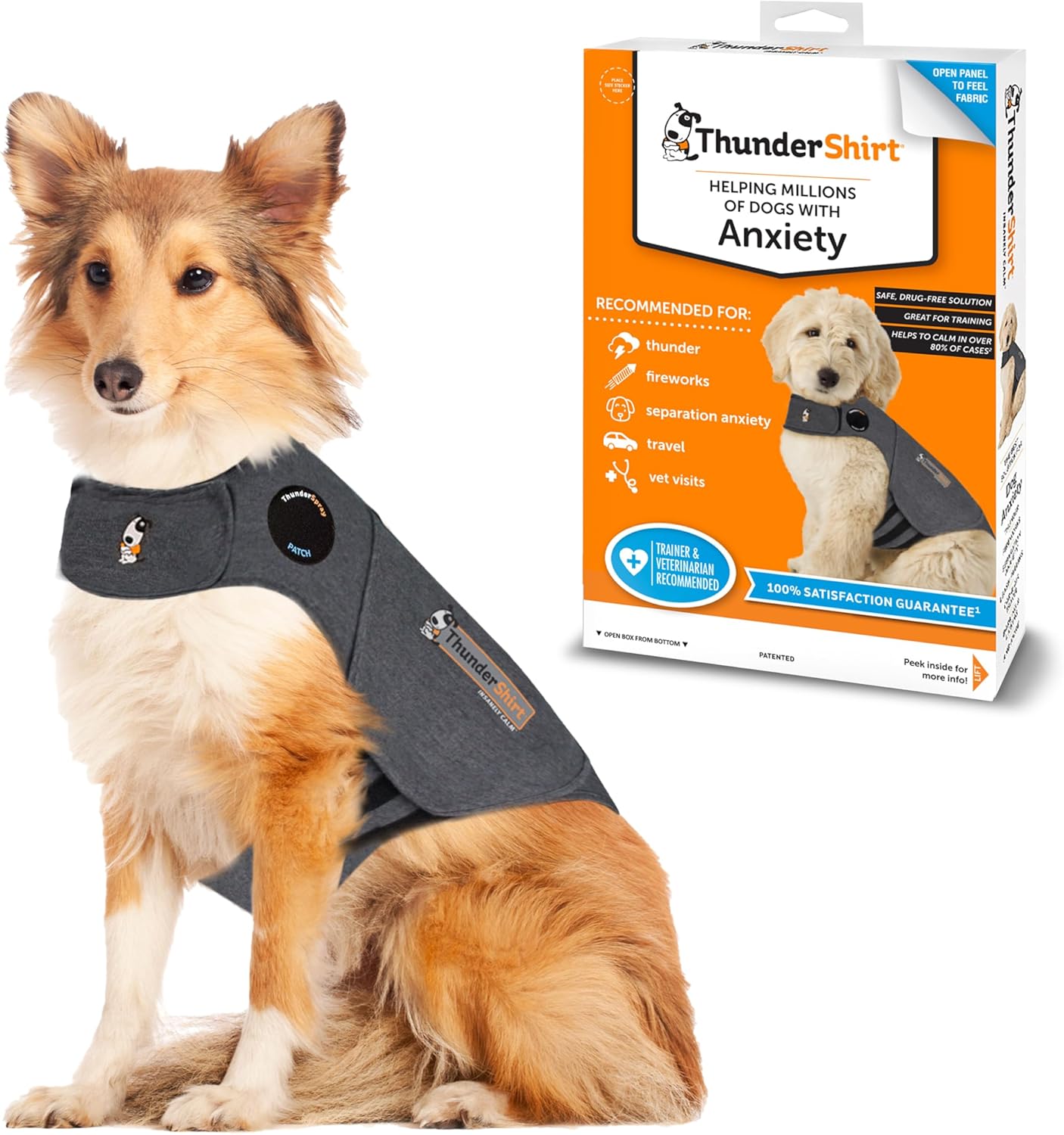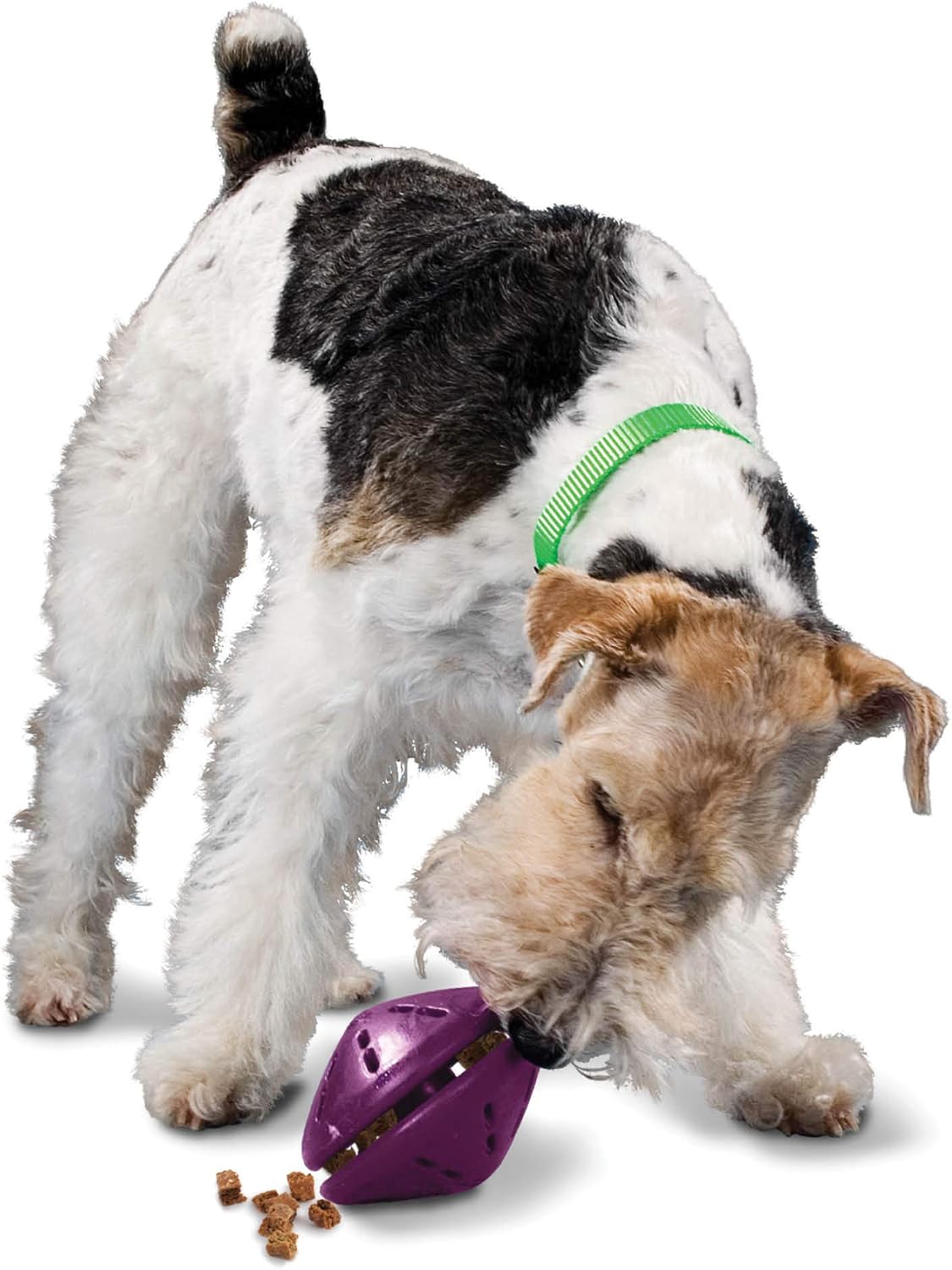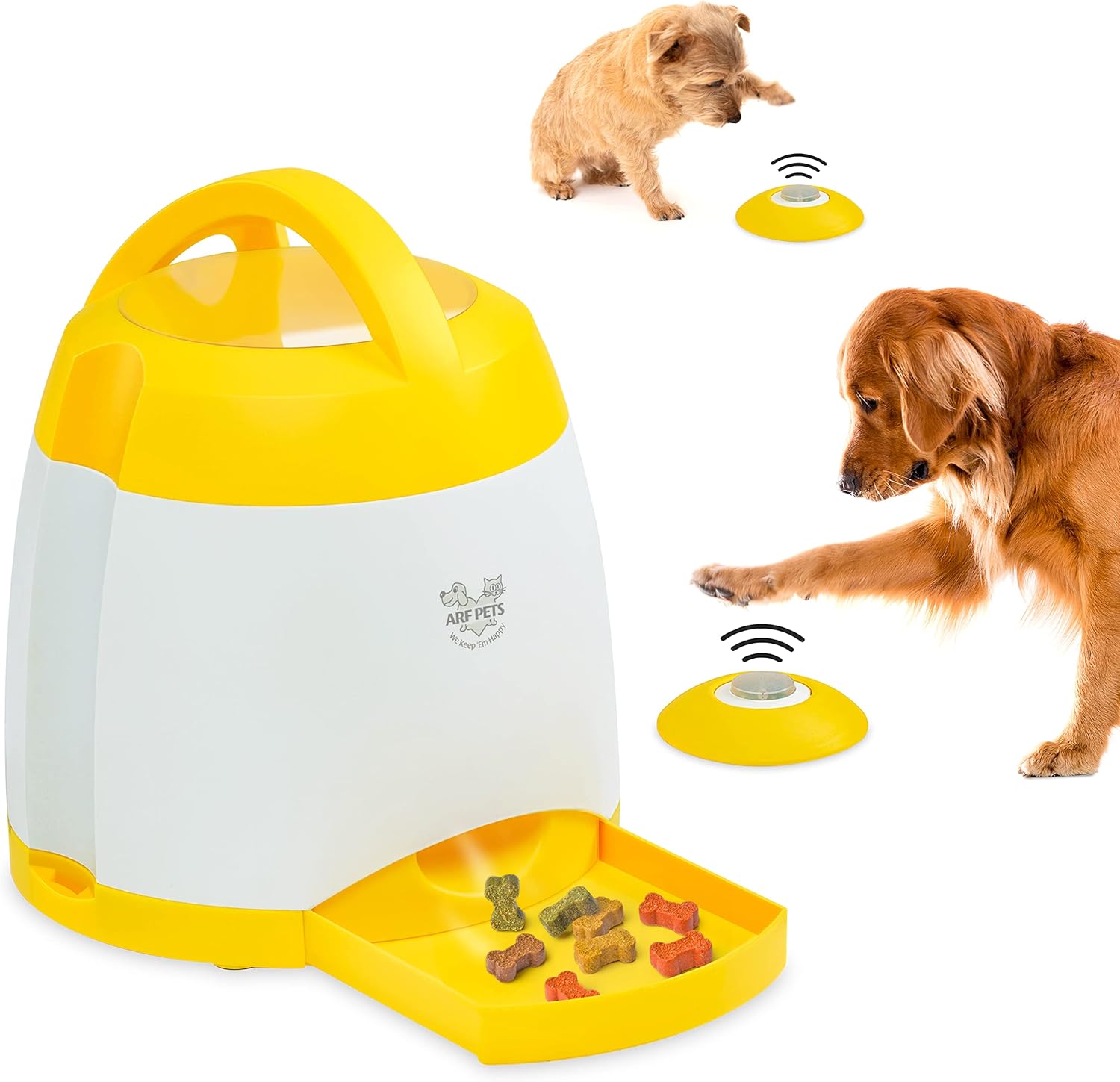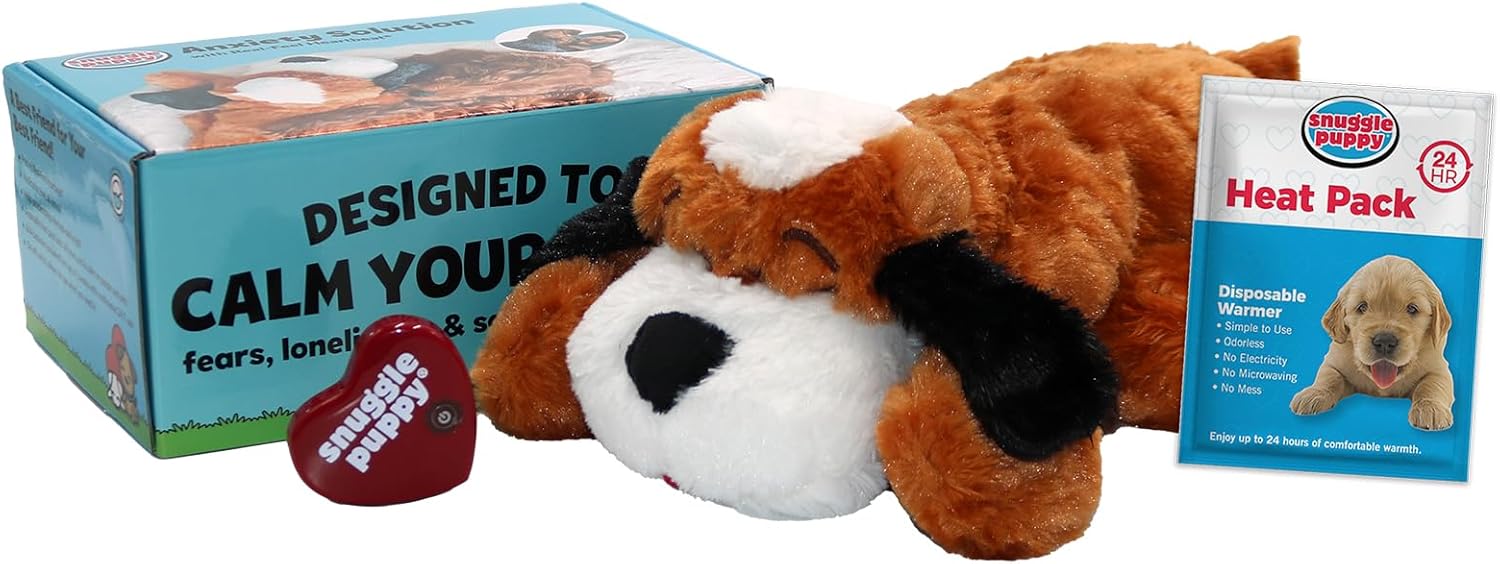Key Points of the Overstimulated Dog Syndrome:
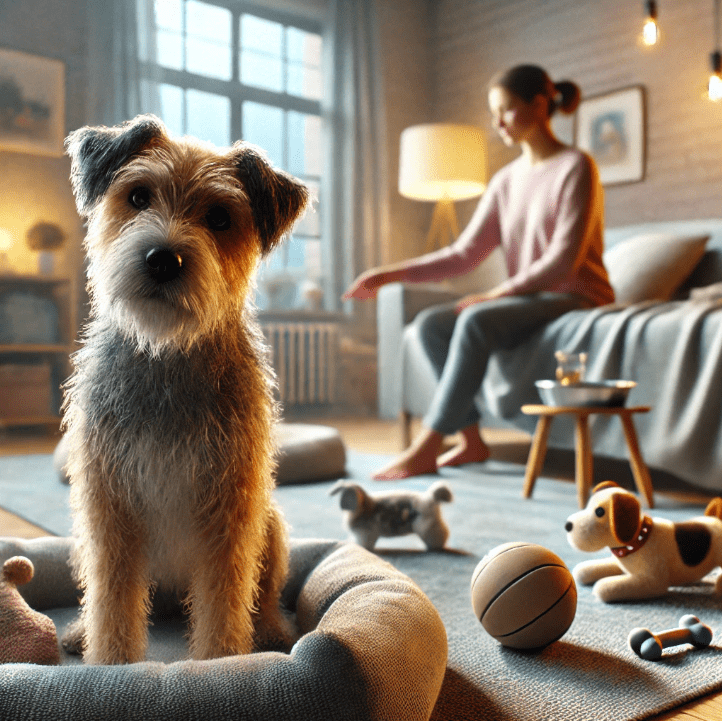 |
Key Points:
|
| Dogs can experience “Over It Syndrome” when overstimulated by excessive sensory input, leading to stress, anxiety, and behavioral issues. Common triggers include loud noises, crowded spaces, and excessive activity. Signs such as restlessness, panting, or aggression indicate the need for intervention.
Prevent overstimulation by providing a safe retreat, consistent routines, and calming activities like puzzle toys or gentle walks. Use positive reinforcement to encourage calm behavior and seek professional help for persistent issues. Differentiating overstimulation from boredom is essential for effective management, ensuring your dog’s mental well-being and a healthier companionship. In this article, we explore the causes, signs, and strategies for managing overstimulation in dogs. Understanding these concepts can create a more balanced and nurturing environment, promoting your dog’s overall happiness and well-being. |
|
Understanding Overstimulation in Dogs
In our fast-paced world, our furry friends often find themselves bombarded with many sights, sounds, and smells. While some dogs thrive on this constant stimulation, others may become overwhelmed, leading to what we call “Over It Syndrome.” Understanding and recognizing the signs of overstimulation in dogs is crucial for maintaining their mental health and well-being.
What is Over It Syndrome?
Over It Syndrome refers to the state where a dog becomes overwhelmed by excessive stimulation, leading to stress, anxiety, and behavioral issues. This can occur in various situations, such as crowded parks, busy households, or even during intense play sessions. Just like humans, dogs have a threshold for sensory input, which can result in overstimulation when exceeded.
Signs of an Overstimulated Dog
Recognizing the signs of overstimulation in dogs can help you intervene before it escalates into more serious problems. Here are some common indicators:
- Restlessness and Hyperactivity: An overstimulated dog may have difficulty settling down and constantly pacing or jumping around.
- Excessive Barking or Whining: Vocalizations may increase as the dog tries to communicate their discomfort or anxiety.
- Panting and Drooling: These physical signs can indicate that the dog is experiencing stress or anxiety.
- Destructive Behavior: Chewing, digging, or other destructive actions can be a dog’s way of coping with overstimulation.
- Aggression or Irritability: When overwhelmed, A calm dog may become snappy or aggressive.
- Loss of Focus: Difficulty following commands or seeming “spaced out” can indicate that your dog is struggling to process the sensory input.
Causes of Overstimulation
Understanding the causes of overstimulation can help prevent it. Common triggers include:
- Crowded Environments: Busy places with many people and other dogs can be overwhelming.
- Loud Noises: Fireworks, thunderstorms, or loud household noises can contribute to sensory overload.
- Too Much Physical Activity: Excessive exercise or play without adequate rest periods can lead to overstimulation.
- Lack of Mental Stimulation: A lack of mental engagement can make a dog more susceptible to overstimulation when they finally encounter new stimuli.
How to Manage and Prevent Overstimulation
- Create a Safe Space: When feeling overwhelmed, give your dog a quiet, comfortable place to retreat and decompress.
- Monitor and Limit Exposure: Pay attention to your dog’s reactions and limit their exposure to situations that cause overstimulation.
- Incorporate Calm Activities: Engage your dog in calm activities like gentle walks, puzzle toys, or training sessions that require focus and mental engagement.
- Practice Mindfulness: Be aware of your dog’s body language and signals. Intervene early if you notice signs of overstimulation.
- Establish Routines: Consistent routines can help your dog feel more secure and reduce anxiety caused by unpredictability.
- Use Positive Reinforcement: Reward calm behavior and gradually desensitize your dog to stimuli that trigger overstimulation.
- Consult a Professional: If your dog’s overstimulation is severe or difficult to manage, consider seeking advice from a professional dog trainer or behaviorist.
Signs and Causes of Overstimulated Dog
| Signs of Overstimulation | Causes of Overstimulation |
| Restlessness and Hyperactivity | Crowded Environments |
| Excessive Barking or Whining | Loud Noises |
| Panting and Drooling | Too Much Physical Activity |
| Destructive Behavior | Lack of Mental Stimulation |
| Aggression or Irritability | New or Unfamiliar Situations |
| Loss of Focus | Inconsistent Routines |
| Increased Vocalizations | Overexposure to Stimuli |
| Pacing and Inability to Settle | Changes in Environment |
| Excessive Chewing or Licking | Prolonged Social Interactions |
| Trembling or Shaking | Exposure to Multiple Stimuli |
Treatment for Overstimulated Dogs
| Action | Description |
| Create a Safe Space | Provide a quiet, comfortable area where your dog can retreat and relax. |
| Monitor and Limit Exposure | Pay attention to your dog’s reactions and limit exposure to overwhelming stimuli. |
| Incorporate Calm Activities | Engage in gentle walks, puzzle toys, or training sessions that promote focus and calmness. |
| Practice Mindfulness | Be aware of your dog’s body language and intervene early if you notice signs of overstimulation. |
| Establish Routines | Maintain consistent routines to help your dog feel secure and reduce anxiety. |
| Use Positive Reinforcement | Reward calm behavior and gradually desensitize your dog to triggers. |
| Provide Mental Stimulation | Utilize interactive toys and puzzles to keep your fur buddy mentally stimulated and prevent boredom. |
| Offer Physical Exercise | Ensure your dog gets adequate but not excessive physical activity to burn off energy. |
| Practice Relaxation Techniques | Teach your dog relaxation cues, like lying on a mat or using a calming scent. |
| Consult a Professional | Seek advice from a dog trainer or behaviorist if overstimulation is severe or difficult to manage. |
Exercises for Overstimulated Dog: Over It Syndrome
| Exercise | Description |
| Nose Work | Engage your dog’s sense of smell with scent detection games and hide-and-seek with treats. |
| Puzzle Toys | Provide puzzle toys that require your dog to solve problems to access treats or rewards. |
| Training Sessions | Short, focused training sessions that reinforce basic commands and tricks to keep your dog’s mind engaged. |
| Calm Walks | Take your dog on slow, relaxed walks in quiet environments to help them decompress. |
| Interactive Play | Play interactive games like fetch or tug-of-war, but ensure to keep sessions short and controlled. |
| Mat Training | Teach your canine to go to a mat or designated spot to relax, reinforcing with treats and praise. |
| Massage and Touch Therapy | Use gentle petting and massage techniques to help your dog relax and reduce stress. |
| Slow Feeder Bowls | Use slow feeder bowls during mealtime to engage your dog mentally and physically while eating. |
| Quiet Time | Establish regular quiet time where your dog can rest in a calm, low-stimulus environment. |
| Calm Chewing Activities | Provide safe chew toys or bones that allow your dog to channel their energy in a calming way. |
Quick Tips for Handling an Overstimulated Dog
- Stay Calm: Your dog can sense your emotions. Remain calm and composed to make your dog feel more secure.
- Remove from Stimulus: Gently lead your dog away from the source of overstimulation to a quieter, less stimulating environment.
- Use a Calm Voice: Speak to your dog in a soft, soothing tone to help them relax.
- Provide a Safe Space: Create a designated area, such as a crate or a quiet room, where your canine can retreat and feel safe.
- Engage in Gentle Petting: Use slow, gentle strokes to help your dog relax. Avoid rough or vigorous petting.
- Offer a Chew Toy: Give your dog a safe chew toy to help them focus their energy and calm down.
- Practice Deep Breathing: Encourage your dog to take deep breaths by modeling the behavior yourself. Breathe deeply and slowly.
- Short Training Sessions: Give your dog a brief training session with simple commands to redirect their focus.
- Use Calming Aids: Consider using natural calming aids like lavender oil (diluted and used safely) or a calming collar.
- Provide Mental Stimulation: Offer puzzle toys or interactive feeders to mentally engage your dog without overwhelming them.
- Monitor Your Dog’s Behavior: Pay attention to signs of overstimulation and intervene early to prevent escalation.
- Keep a Routine: Establish and maintain consistent daily routines to give your dog a sense of security and predictability.
- Limit Exposure: Gradually desensitize your dog to stimulating environments, increasing exposure slowly over time.
- Consult a Professional: If your dog frequently becomes overstimulated, seek advice from a veterinarian or a professional dog trainer.
Difference Between Overstimulation and Boredom in Dogs
| Aspect | Overstimulation | Boredom |
| Definition | Overwhelmed by excessive sensory input, leading to stress and anxiety. | Lack of mental and physical stimulation, leading to restlessness and destructive behavior. |
| Behavioral Signs | Restlessness, hyperactivity, excessive barking, panting, drooling, aggression. | Destructive behavior, excessive sleeping, attention-seeking behavior, restlessness. |
| Physical Signs | Panting, drooling, trembling, inability to settle, pacing. | Lethargy, frequent yawning, scratching, or chewing on inappropriate objects. |
| Common Triggers | Crowded environments, loud noises, too much physical activity, new situations. | Lack of exercise, insufficient mental stimulation, and monotonous routines. |
| Interaction with Owners | May avoid interaction, seem anxious or irritable, difficulty following commands. | Seeks constant attention, may follow owner around, engages in nuisance behaviors. |
| Response to Stimuli | Overreacts to minor stimuli, heightened alertness, difficulty calming down. | Seeks out any form of activity, may create their own stimulation through bad behavior. |
| Energy Levels | High energy, difficult to settle, appears frantic or manic. | Varies; can be lethargic due to inactivity or display bursts of energy out of boredom. |
| Solutions | Provide a safe space, reduce sensory input, engage in calming activities. | Increase physical exercise, provide mental stimulation, introduce new activities. |
Do’s and Don’ts for Dealing with an Overstimulated Dog
| Do’s | Don’ts |
| Do: Stay calm and composed. | Don’t: Panic or raise your voice. |
| Do: Remove your dog from the stimulus. | Don’t: Force your dog to stay in a stressful situation. |
| Do: Provide a safe, quiet space. | Don’t: Overcrowd the dog with attention. |
| Do: Speak in a soft, soothing voice. | Don’t: Use harsh or loud tones. |
| Do: Offer a chew toy or puzzle toy. | Don’t: Ignore your dog’s need for mental engagement. |
| Do: Use gentle petting or massage. | Don’t: Use rough or vigorous petting. |
| Do: Engage in short training sessions. | Don’t: Overstimulate with too many commands or activities. |
| Do: Use calming aids if necessary. | Don’t: Rely solely on calming aids without addressing the root cause. |
| Do: Monitor your dog’s behavior. | Don’t: Ignore signs of distress or anxiety. |
| Do: Establish and maintain routines. | Don’t: Change routines frequently or without warning. |
| Do: Gradually desensitize to triggers. | Don’t: Expose your dog to overwhelming stimuli suddenly. |
| Do: Reward calm behavior. | Don’t: Punish overstimulated behavior, as it can increase anxiety. |
| Do: Consult a professional if needed. | Don’t: Try to handle severe cases alone without expert advice. |
Top Tools and Essentials to Help Calm and Engage Overstimulated Dogs
Conclusion
Understanding and managing an overstimulated dog requires patience, attentiveness, and compassion. By identifying the signs of overstimulation and applying appropriate strategies, you can help your dog navigate stressful situations more comfortably. Creating a safe and calm environment, maintaining consistent routines, and providing adequate mental and physical stimulation are key to ensuring your dog’s well-being.
Remember that every dog is unique, and what is effective for one may not be suitable for another. Stay attuned to your dog’s individual needs and behaviors, and don’t hesitate to seek professional guidance if necessary. Your efforts to create a balanced and nurturing environment will contribute significantly to your dog’s happiness and health.
Understanding and addressing your dog’s needs strengthens your bond and ensures that your furry friend leads a fulfilling and contented life. With the right approach, you can help your dog overcome the challenges of overstimulation and enjoy a more peaceful and enjoyable companionship.


